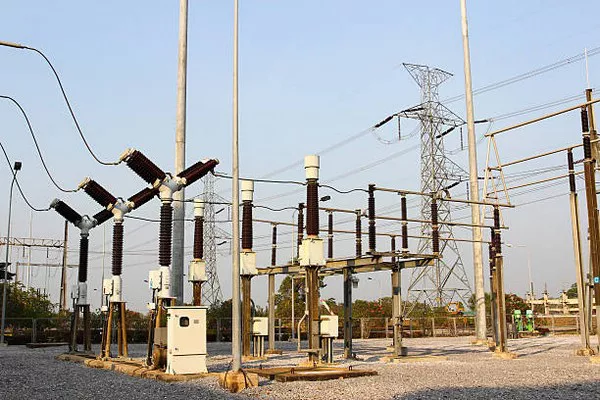In the realm of electrical engineering, transformers stand as pillars of innovation, playing a pivotal role in power distribution and transmission. The fundamental principle of operation of transformers is deeply rooted in electromagnetic induction, a concept that revolutionized the way electricity is harnessed and distributed. This article aims to unravel the intricate workings of transformers, shedding light on their design, functionality, and the crucial role they play in modern electrical systems.
Understanding Electromagnetic Induction
At the heart of every transformer lies the principle of electromagnetic induction, a phenomenon discovered by Michael Faraday in the early 19th century. Faraday’s law of electromagnetic induction states that a changing magnetic field induces an electromotive force (EMF) in a closed loop. Transformers exploit this principle to transfer electrical energy from one circuit to another without a direct electrical connection.
Basic Transformer Design
Transformers are comprised of two coils, commonly referred to as the primary and secondary winding, and a magnetic core. The primary winding is connected to the power source, inducing a magnetic field when alternating current (AC) flows through it. This magnetic field, in turn, interacts with the secondary winding, causing an EMF to be induced across its terminals. The magnetic core, typically made of laminated iron, enhances the efficiency of the transformer by providing a low-reluctance path for the magnetic flux, facilitating its transfer between the windings.
Stepping Up and Stepping Down
Transformers play a crucial role in power distribution by enabling the efficient transmission of electricity over long distances. When the voltage needs to be increased for long-distance transmission, a step-up transformer is employed. In this configuration, the secondary winding has more turns than the primary winding, resulting in a higher output voltage. Conversely, for applications where a lower voltage is required, a step-down transformer is utilized, with fewer turns in the secondary winding.
Efficiency and Losses
While transformers are highly efficient devices, they are not without losses. Several factors contribute to energy losses in transformers, including resistive losses in the windings, core losses due to hysteresis and eddy currents, and stray losses. Manufacturers employ various techniques, such as using high-quality materials and advanced insulation, to minimize these losses and enhance the overall efficiency of transformers.
Regulating Voltage with Tap Changers
In practical applications, it is essential to regulate the voltage output of transformers to accommodate fluctuations in the power grid. This is achieved through the use of tap changers, which are devices that allow for the adjustment of the number of turns in the transformer windings. By selecting different tapping points, the voltage can be finely tuned to meet specific requirements, ensuring a stable and reliable power supply.
Applications of Transformers
The versatility of transformers extends beyond power distribution and transmission. They find widespread use in various applications, including electronic devices, power supplies, and industrial machinery. Isolation transformers, for example, provide electrical isolation between the input and output circuits, protecting sensitive equipment from voltage spikes and minimizing the risk of electrical shock.
See Also How Does A Buck Boost Transformer Work
Conclusion
Transformers, based on the ingenious principle of electromagnetic induction, have become indispensable in modern electrical systems. Their ability to efficiently transfer electrical energy across circuits without a direct connection has revolutionized power distribution, enabling the development of extensive electrical grids. Understanding the principle of operation of transformers is fundamental for engineers and researchers striving to enhance the efficiency, reliability, and sustainability of electrical systems worldwide. As technology continues to evolve, transformers will undoubtedly remain at the forefront, powering the advancements of the future.


